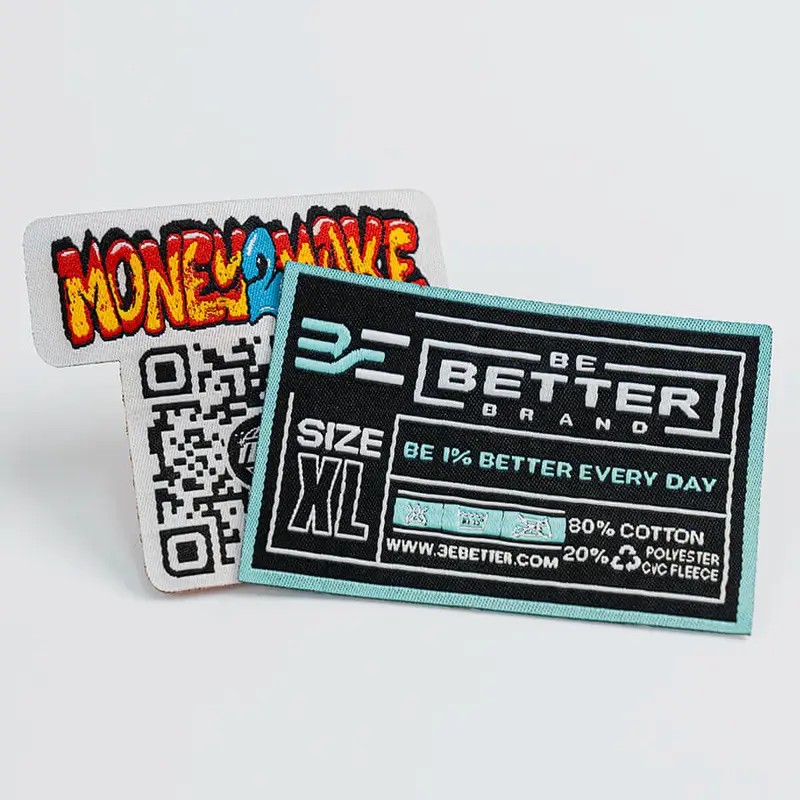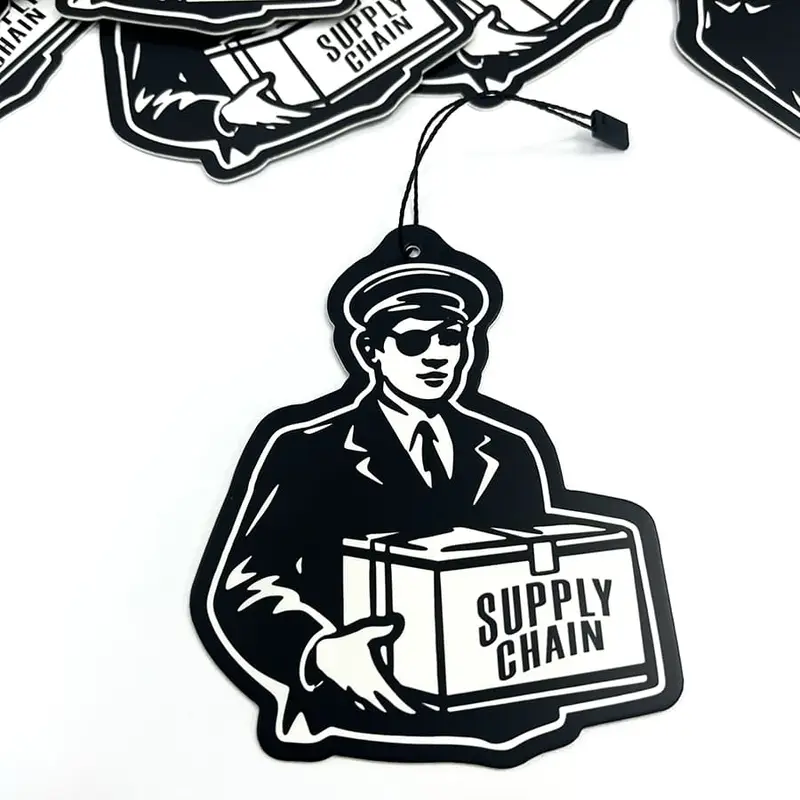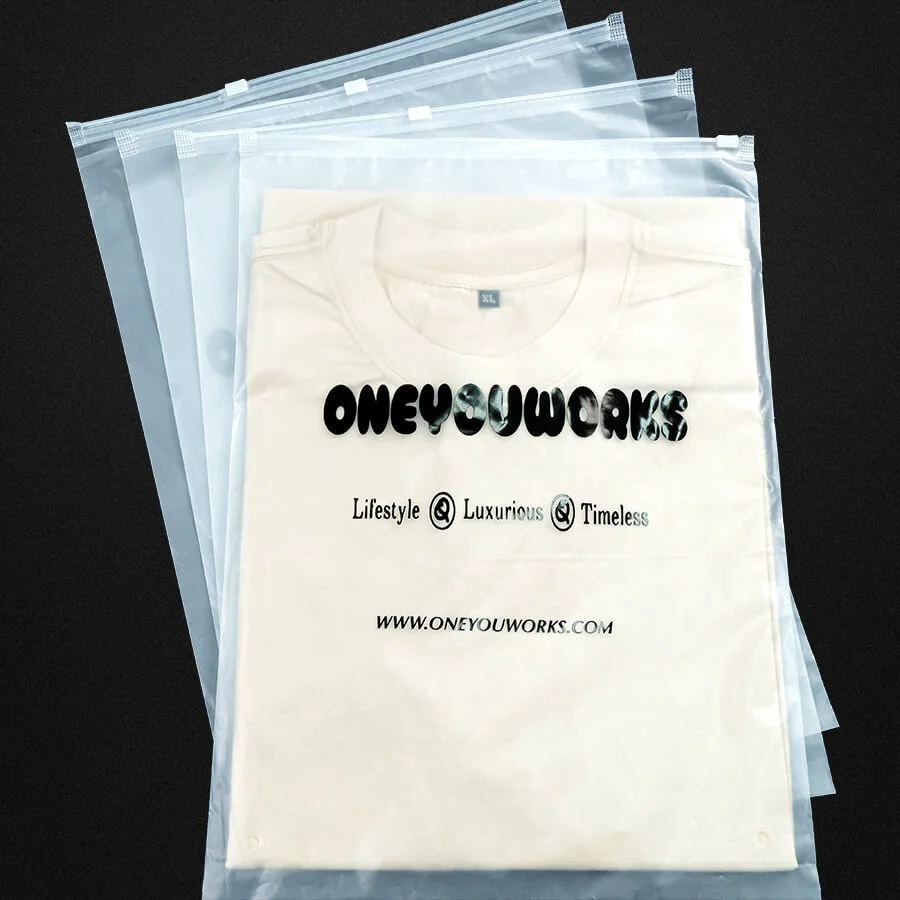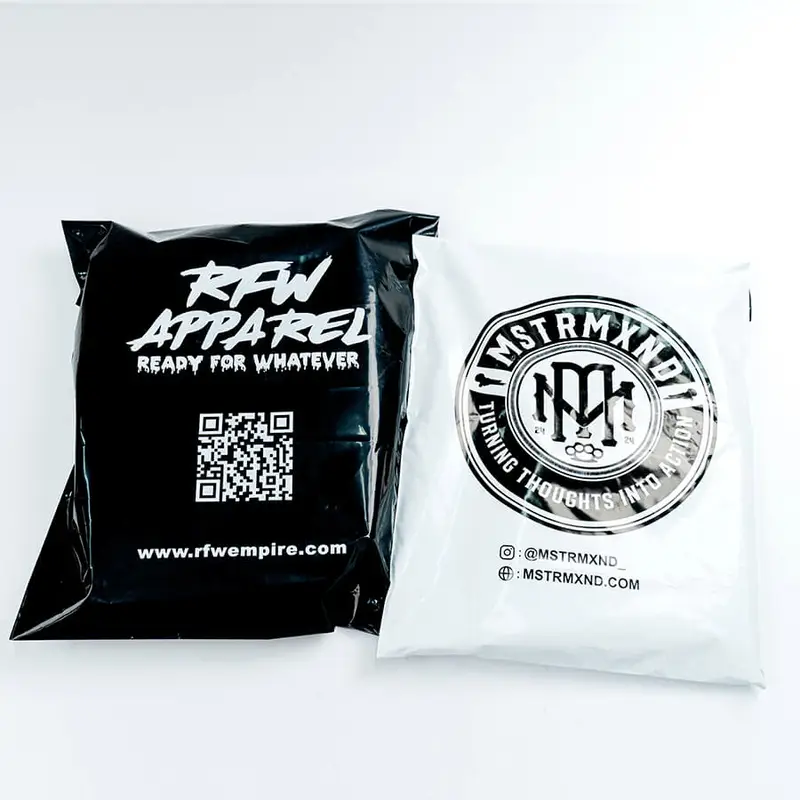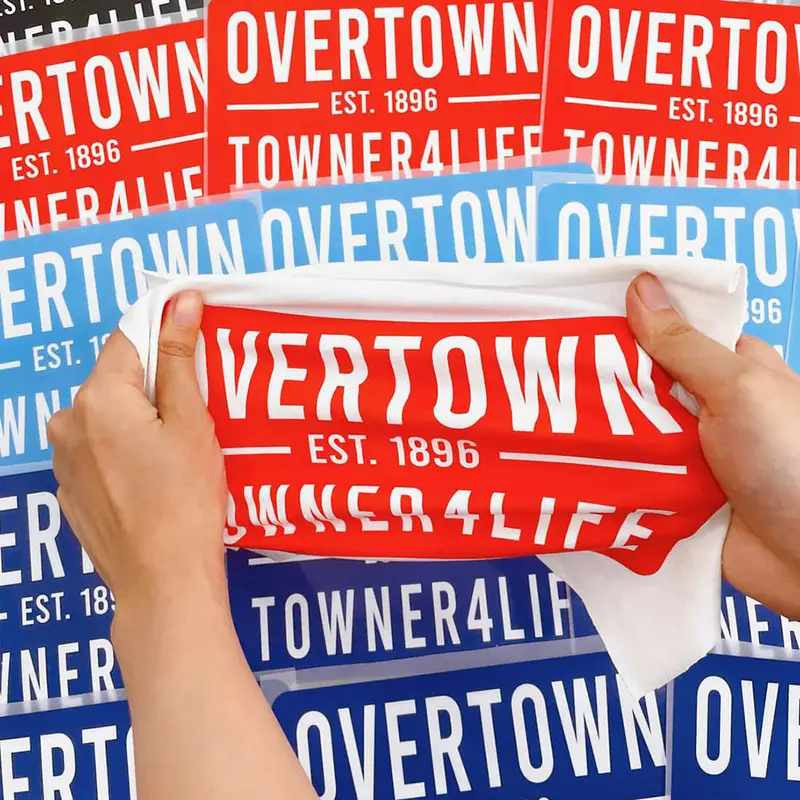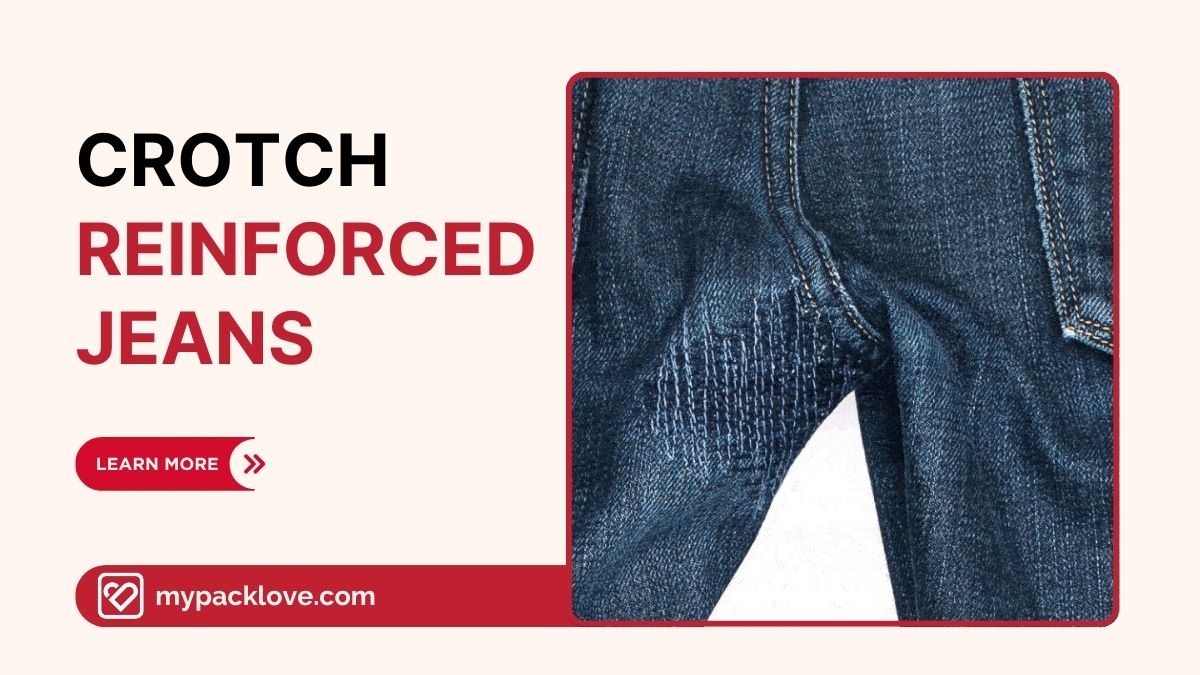Are poly mailers recyclable? A complete guide
Are you tossing your poly mailers in the recycling bin, hoping for the best? Many are unsure about the recyclability of these ubiquitous shipping envelopes, leading to confusion and potentially harmful environmental practices. This guide provides clear and concise answers about poly mailer recycling, offering practical tips for proper disposal and empowering you to make eco-conscious packaging choices. Whether you’re an online business seeking sustainable shipping solutions or a consumer wanting to minimize your environmental impact, this information will help you navigate the complexities of poly mailer recycling and make informed decisions that benefit both your business and the planet.
1.Understanding poly mailer recyclability
1.1 What are poly mailers made of?
Poly mailers, despite their variety, share a common component: polyethylene. This versatile plastic is widely used in numerous applications, ranging from single-use shopping bags to food storage containers. Polyethylene’s structure consists of long chains of molecules, categorized as either high-density polyethylene (HDPE) or low-density polyethylene (LDPE). HDPE, known for its rigidity, is commonly found in milk jugs and detergent bottles. LDPE, characterized by its flexibility, is used in products such as plastic bags and shrink wrap. Understanding these variations is key to navigating the complexities of poly mailer recycling.
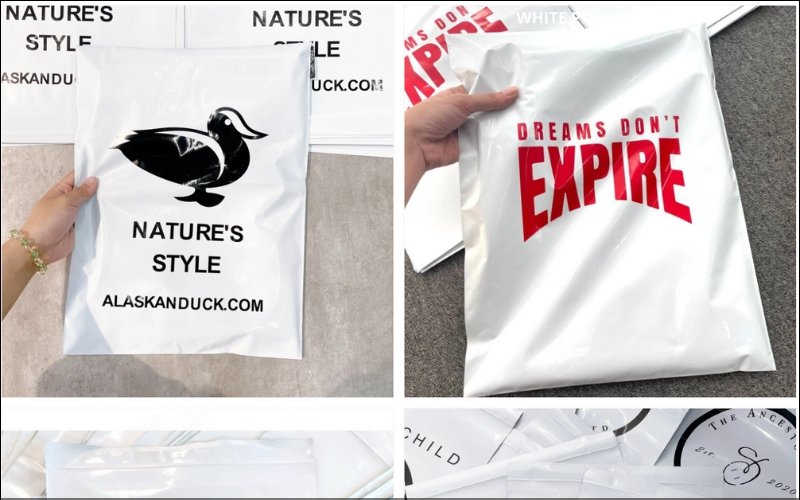
1.2 Identifying recyclable poly mailers
Decoding the recyclability of poly mailers can be confusing. One of the easiest ways to identify a recyclable poly mailer is to look for the How2Recycle label. This standardized labeling system provides clear instructions on how to properly dispose of the packaging. However, not all poly mailers are created equal, and clear labeling is essential. Many eco-friendly mailer options are available, often made from recycled content and designed for recyclability.
Companies like MyPackLove.com offer a variety of sustainable packaging choices. Remember, even with recyclable mailers, proper disposal through designated store drop-off locations or curbside recycling programs is crucial for effective recycling. Look for the symbols and labeling that indicate recyclability to ensure your poly mailers contribute to a circular economy.
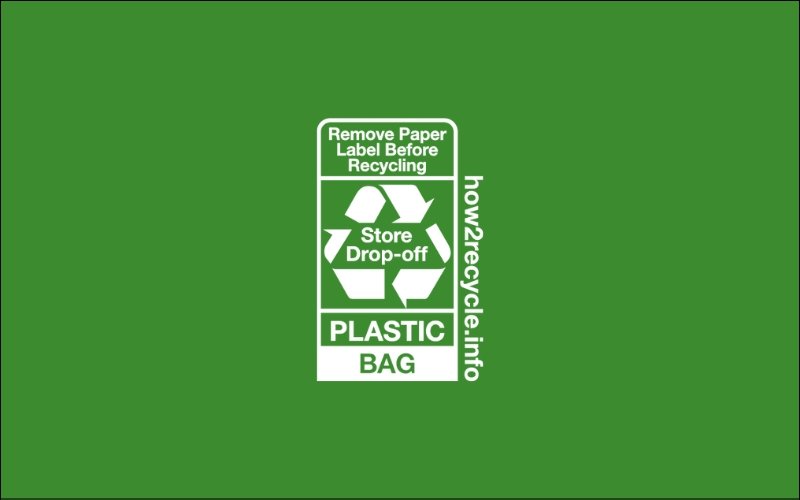
2. How to recycle poly mailers
2.1 Preparing poly mailers for recycling
Proper preparation is essential for ensuring your poly mailers are effectively recycled. Before placing them in a recycling bin or designated drop-off location, take a few simple steps: Remove all paper shipping labels, tape, and any other attached materials. Clean the mailer to eliminate any residue or contaminants, ensuring it’s dry before disposal.
These steps might seem minor, but they play a significant role in preventing contamination of the recycling stream and ensuring the material can be properly processed. Whether you’re using curbside recycling or taking your mailers to a drop-off location, proper preparation maximizes the chances of successful recycling and minimizes environmental impact.
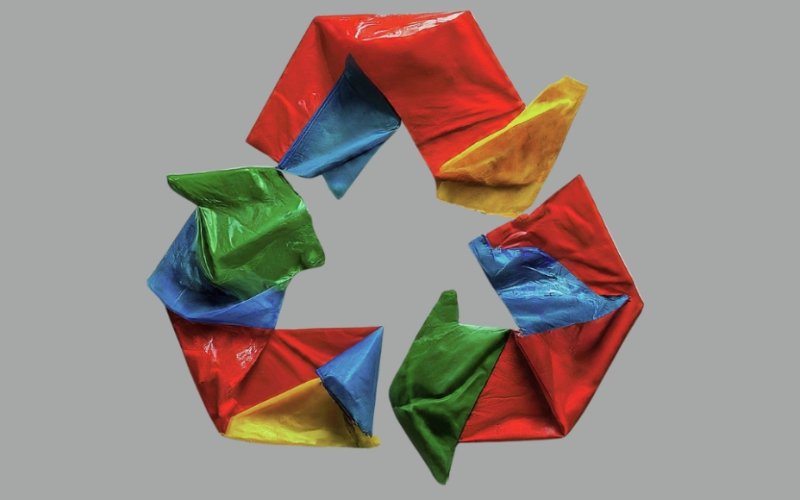
2.2 Finding poly mailer recycling locations
Finding the right place to recycle your poly mailers can be tricky. While some curbside recycling programs accept certain types of plastic film, most do not. The preferred and most reliable method for recycling poly mailers is through store drop-off programs.
Many grocery stores and retailers participate in these programs, offering designated bins for plastic film recycling. To locate a drop-off point near you, utilize online resources such as plasticfilmrecycling.org or Earth911.com. These websites provide convenient search tools to find nearby recycling centers and participating retailers that accept plastic film, ensuring your poly mailers are properly recycled.

3. Eco-friendly alternatives to traditional poly mailers
3.1 Compostable mailers
Compostable mailers offer a compelling eco-friendly alternative to traditional plastic poly mailers. Made from plant-based materials, these mailers are designed to break down completely in industrial composting facilities, leaving behind no harmful microplastics.
However, it’s important to understand their limitations. Compostable mailers require specific composting conditions and won’t decompose properly in a typical backyard compost bin. They need the high heat and controlled environment of an industrial composting facility to break down effectively.
If you’re interested in exploring compostable mailer options, companies like MyPackLove.com offer a range of sustainable packaging solutions. By understanding the requirements and limitations of compostable mailers, you can make informed decisions about their suitability for your packaging needs.
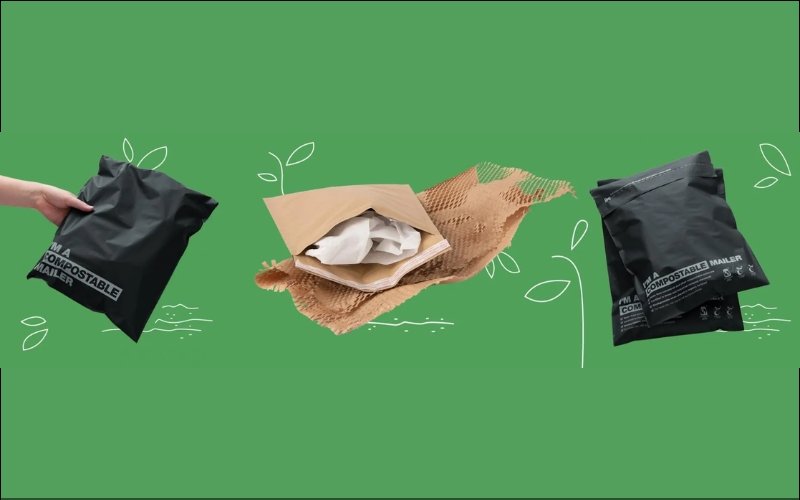
3.2 Reusable mailers
Reusable mailers offer a powerful solution for minimizing packaging waste and promoting a circular economy. These mailers are designed for multiple uses, significantly reducing the overall consumption of packaging materials.
Features like double adhesive strips enable easy resealing and return shipping, making them ideal for returnable packaging programs. By opting for reusable mailers, businesses and consumers can actively reduce their environmental footprint and contribute to a more sustainable future. Explore reusable mailer options from companies like MyPackLove.com to integrate this eco-conscious practice into your shipping and packaging processes.
3.3 Paper mailers
Paper mailers, typically made from kraft paper, present another readily recyclable packaging option. Their widespread acceptance in curbside recycling programs simplifies disposal and promotes efficient recycling. However, compared to poly mailers, paper mailers offer less protection against moisture and tearing.
Consider the specific needs of your products when weighing the pros and cons. If durability and water resistance are paramount, poly mailers might be a better choice. If ease of recyclability is your primary concern, paper mailers offer a strong advantage. Explore paper mailer options at MyPackLove.com to determine the best fit for your packaging requirements. Balancing protection and sustainability is key to making informed packaging decisions.
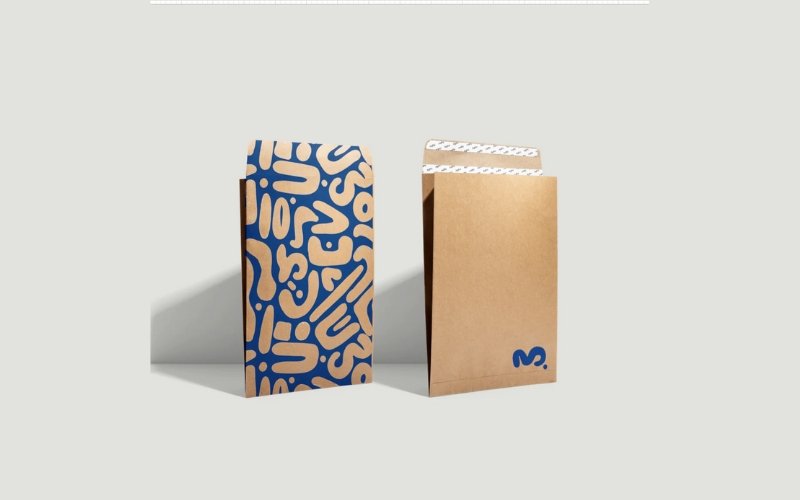
4. The environmental impact of packaging choices
4.1 The problem with non-recyclable packaging
The environmental impact of plastic is complex, making the shift to recycled poly mailers a nuanced decision. While plastic undeniably poses environmental challenges, the production of virgin plastic, commonly used in traditional poly mailers, consumes significant energy—roughly double the amount required for recycling. Both the production and incineration of plastic release greenhouse gasses like carbon dioxide and methane, contributing to climate change.
Furthermore, virgin plastic relies on petroleum, a finite resource. However, a substantial amount of plastic already exists in circulation. Repurposing this existing plastic for applications like recycled poly mailers offers a more sustainable approach. This reduces the demand for virgin plastic, conserves energy, and contributes to a circular economy by giving materials multiple lifecycles, diverting waste from landfills and minimizing reliance on the take-make-waste model.
4.2 Benefits of sustainable packaging
Embracing sustainable packaging offers a multitude of benefits for both the environment and businesses. By opting for eco-friendly materials and practices, we can significantly reduce waste, conserve valuable resources, and minimize pollution. Sustainable packaging supports a circular economy, where materials are kept in use for as long as possible, reducing our reliance on virgin resources and minimizing landfill waste. Making conscious decisions about our packaging choices empowers us to contribute to a healthier planet and a more sustainable future.
5. FAQs about if poly mailers are recyclable
5.1 Are padded poly mailers recyclable?
Recyclability depends on the materials. Check for the How2Recycle label. Some padded mailers are designed for recyclability.
5.2 Can I recycle poly mailers with bubble wrap?
While both bubble wrap and poly mailers are often made of plastic, they usually require separate recycling streams. It’s crucial to check your local recycling guidelines for specific instructions. Some store drop-off programs accept both materials, while others may only accept specific types of plastic film. Avoid combining them unless explicitly permitted by your local recycling program to ensure proper processing and prevent contamination.
5.3 What can I do with non-recyclable poly mailers?
If you encounter non-recyclable poly mailers, consider repurposing them for storage, using them as makeshift trash bags, or finding other creative ways to extend their lifespan. When repurposing isn’t feasible, dispose of them responsibly in regular trash to prevent them from ending up in the environment. While not ideal, responsible disposal is crucial when recycling options are unavailable.
Read more:
- Shipping with poly mailers: Guide to sizes, types & benefits
- Best poly mailers for Poshmark: Size, tips and where to buy
- Sublimate on Poly Mailers? Your Guide to Custom Packaging
- What size Poly Mailers for hoodies? Shipping Guide & Sizes
- Ship Poly Mailers USPS: Size, Weight, Cost & Best Practices
Making conscious choices about our packaging, starting with recycled and recyclable poly mailers, is a significant step towards embracing sustainable practices. By understanding proper recycling methods and exploring eco-friendly alternatives like compostable or reusable options, we can collectively minimize our environmental impact. Empower yourself to make informed decisions about your packaging choices and contribute to a more sustainable future. Discover a range of sustainable packaging solutions at mypacklove.com to begin your journey towards eco-conscious packaging.

